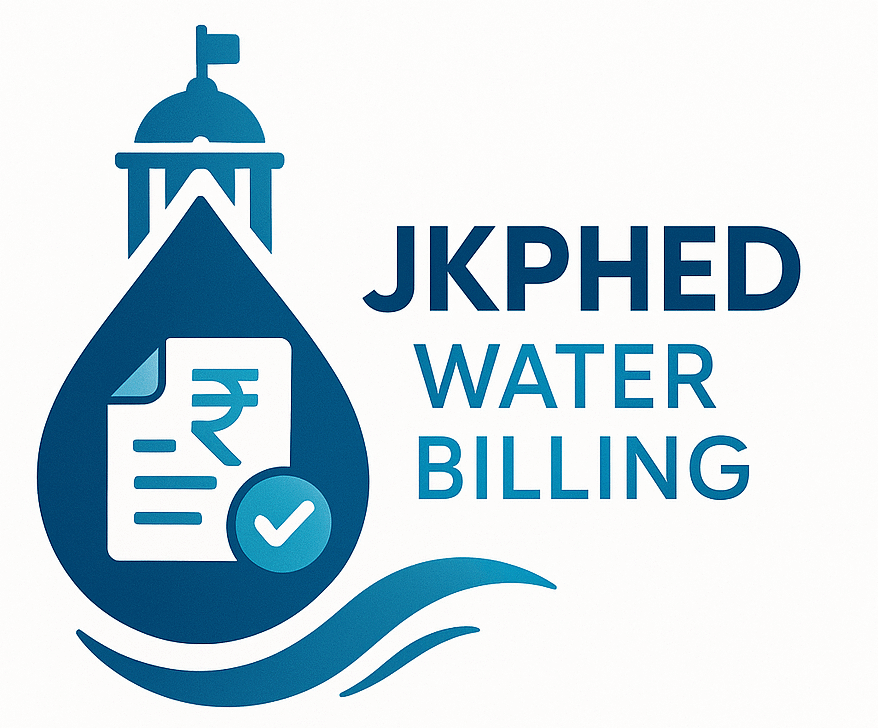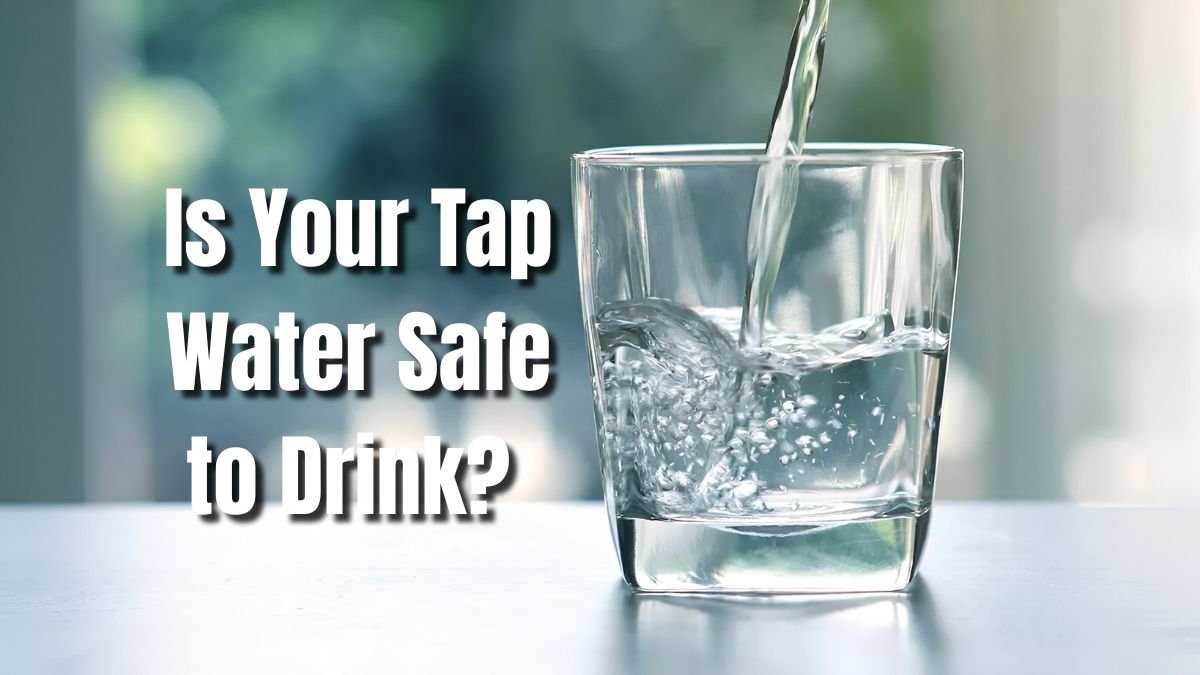Is Your Tap Water Safe to Drink? A lot of us understand the importance of drinking water, but the water you consume daily could still have a problem that you aren’t aware of.
You should feel secure knowing that the water is usually clean in North America and India, since it is closely checked and looked after to avoid related risks.
The tale goes on even after this. There are occasions when tap water can lead to side effects such as headaches, vomiting, stomach problems or dropping blood pressure. We ask, when and why do such incidents take place?
When can tap water become a danger?
By regularly drinking tap water, you are sure to avoid being parched, feeling tired or getting dizzy.
The things that are dissolved in water can change its quality.
Unfiltered water can never be defined as pure water. Water might hold lots of minerals, chemicals and sometimes harmful substances that are risky for health.
Common elements found in tap water and their effects
- Minerals
When water passes through soil, stones and rocks, minerals like iron, calcium and magnesium get mixed in it.
- Benefits: Iron is useful for the body.
- Disadvantages: Excess iron can cause rust marks on sinks and toilets, metallic taste.
- Hard water: Excess calcium and magnesium can cause skin dryness, hair problems and plumbing problems.
- Nitrates
These usually reach water from manure, sewage or industrial waste.
- Risks: Well water is more affected, especially in agricultural areas.
- Side effects: Stomach ache, low blood pressure, rapid heartbeat.
- Special precautions: Risk is higher in children younger than 6 months.
- Copper
Copper can get into water from pipelines and natural sources.
- Benefit: The body needs copper in small amounts.
- Cons: Excess copper can cause vomiting, liver and kidney damage.
- Signs: Metallic taste or blue-green stains on sinks.
- Lead
Lead can leach into water from plumbing in older homes.
- Risks: Impaired brain development in children, heart disease in adults.
- Always keep in mind that new construction is safer, yet older buildings require special attention.
- Fluoride
Fluoride protects teeth from cavities and is generally safe.
- Risk: High levels can cause fluorosis, which makes teeth yellow or stained.
- PFAS Chemicals (Forever Chemicals)
These chemicals are extremely dangerous and stay in the body for a long time.
- Effects: Decreased fertility, increased risk of cancer.
- Challenge: They cannot be identified by taste, color or smell.
Can you test your water yourself?
Home water testing kits can help you do some testing, but professional water testing is more reliable for accurate and comprehensive results.
How to improve your tap water?
After testing your water quality, here are some great things you can do:
Reverse osmosis (RO) systems:
This technology helps remove a variety of harmful substances, such as:
- Arsenic
- Lead
- Fluoride
- PFAS chemicals
- Viruses and bacteria
Note: RO systems don’t solve hard water problems completely. A water softener is necessary.
What’s the difference between city and well water?
- City water: Protected by treatment systems and laws.
- Well water: You’re responsible for it — because there are no regulations.
Ways to ensure safe water in your home:
- Get water quality tested regularly
- Check the condition of metal pipelines
- Install RO system or water softener
- Take special care of children and the elderly
Conclusion
Using tap water is generally safe, but in particular cases, undetected materials in it might harm us. The minerals, chemicals and bacteria in water can affect the body in different ways. You should arrange for water tests once in a while and add suitable filters where necessary. As a result, you and your family can avoid many health issues in the future.

